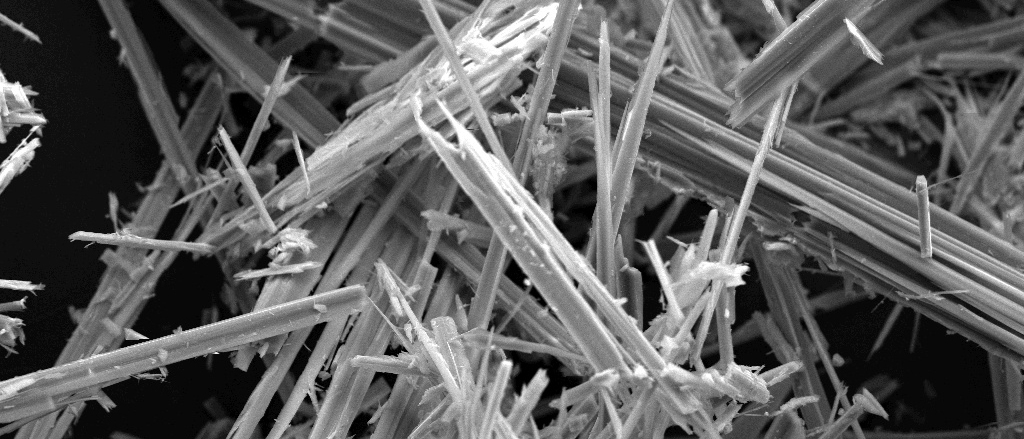Read this full article on CBC.ca
The federal government’s plan to ban asbestos by 2018 does nothing to protect homeowners, say local experts.
The ban, announced Thursday, will prohibit the import, export and use of asbestos in renovations or new building projects, yet does not address the tens of thousands of homes and buildings in Canada that were built using asbestos.
- Full asbestos ban, changed codes and regulations expected by 2018
- Key promises in Thursday’s asbestos ban announcement
In Waterloo Region, asbestos testing and remediation companies have told CBC News they’ve found the carcinogen in homes dating back to the 1930s to the mid 1980s, with the odd home built in the early 1990s also testing positive.
“We have found and removed asbestos in buildings constructed up to the early nineties,” said Randy Balzer, project manager for Zero Environmental, an asbestos abatement contractor in Kitchener.
“At the time that construction materials with asbestos had stopped being produced there were still significant stock piles left and they continued to be distributed and installed for years after,” said Balzer in a message to CBC News.
Use Independent Asbestos Experts
Tyler Thompson-Love owns 360 Inspection Services in Waterloo. He, and other industry experts, recommend having your home tested for asbestos before starting any renovation, if the home was built between 1930 and 1985. (Contributed by: 360 Inspection Services)
“Any contractor that’s doing renos on a house in that time period should be testing absolutely everything,” said Tyler Thompson-Love, who owns 360 Inspection Services, an independent home inspection company based in Waterloo that specializes in mold and asbestos testing.
The Ontario Occupational and Safety Act prescribes a $25,000 fine for companies or contractors who remove asbestos without testing and without taking proper precautions.
But Thompson-Love warns that general contractors are not on the province’s radar and rarely get caught for improperly handling asbestos.
“You can’t go into somebody’s house, start tearing down walls and leave all this asbestos floating around after they’re gone,” Thompson-Love told CBC News.
“Twenty or 30 years later, someone who’s had renovations done by a contractor who didn’t know what they’re doing [gets sick]… that contractor is long gone.”
For that reason he recommends homeowners of houses built between 1930 and 1985 have their homes tested for asbestos before starting any renovation project, and Balzer suggests people get their advice from a company arms-length from the renovation project for a truly objective assessment.
New workplace health and safety rules, as part of the 2018 federal ban, are expected to drastically limit the risk of people coming into contact with asbestos on the job.

